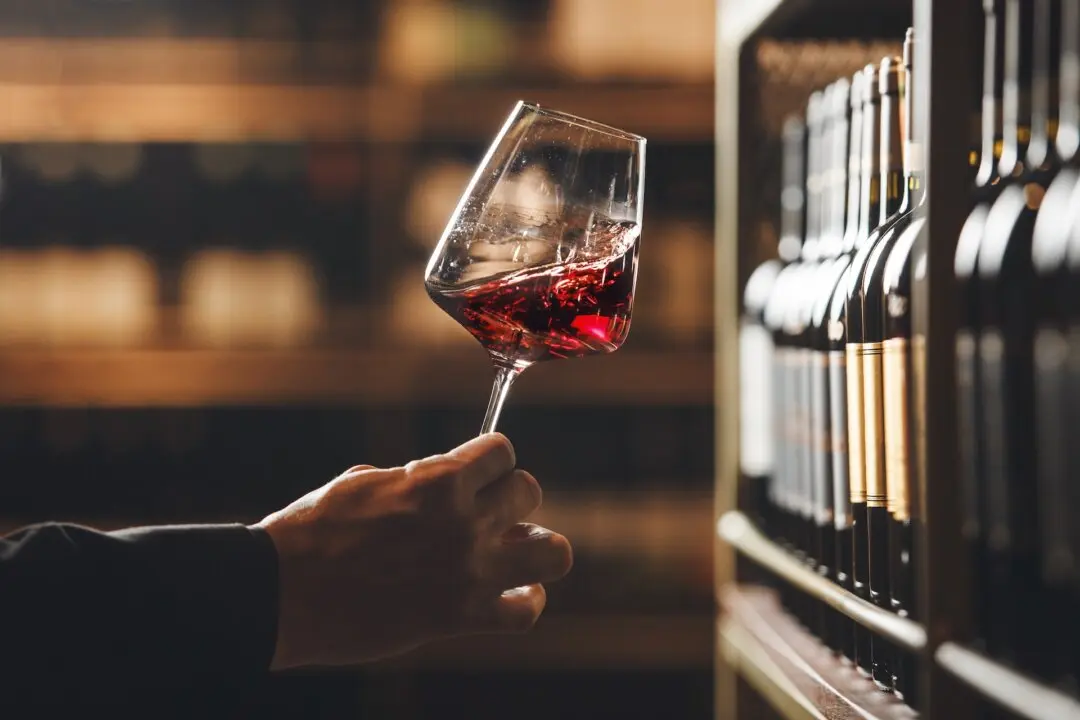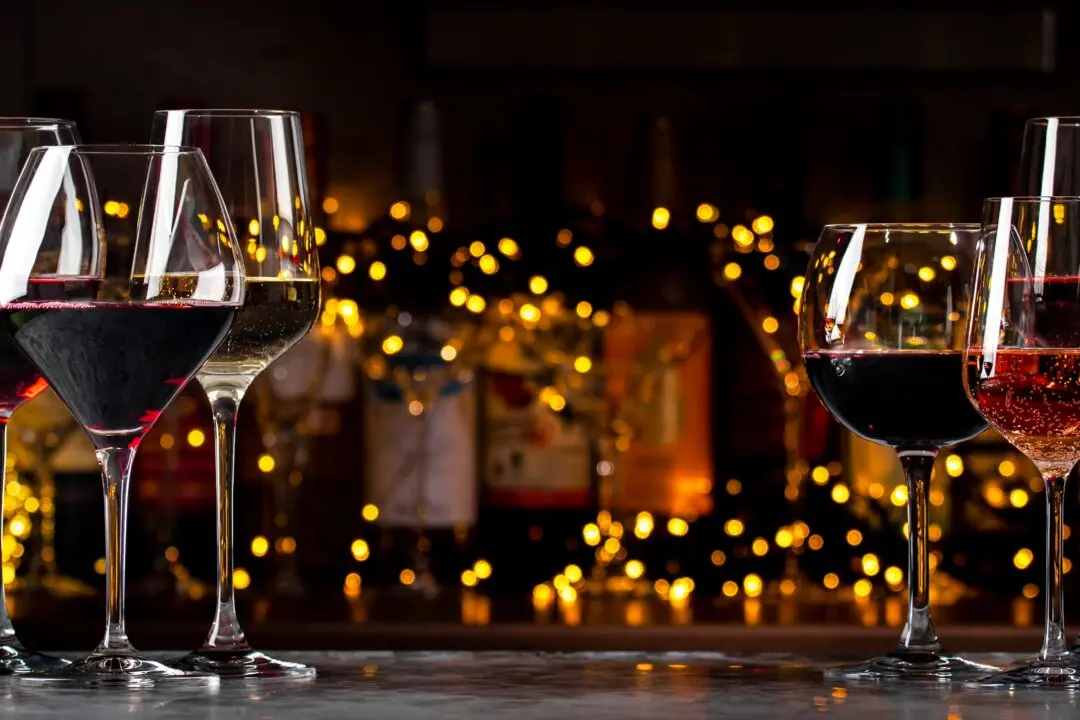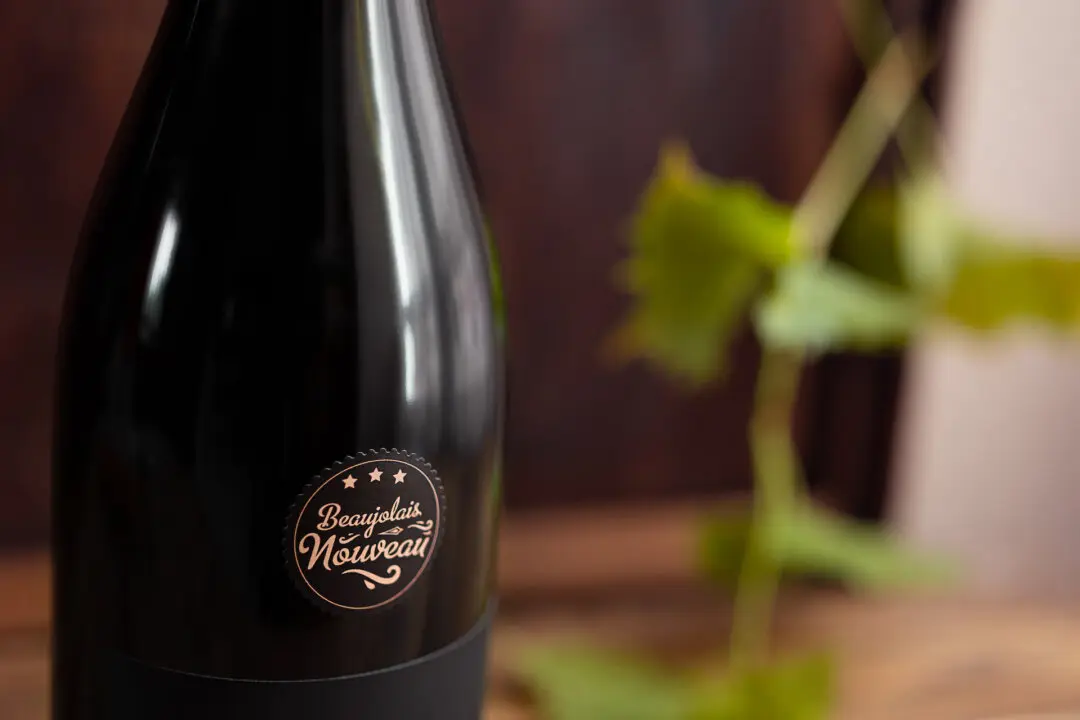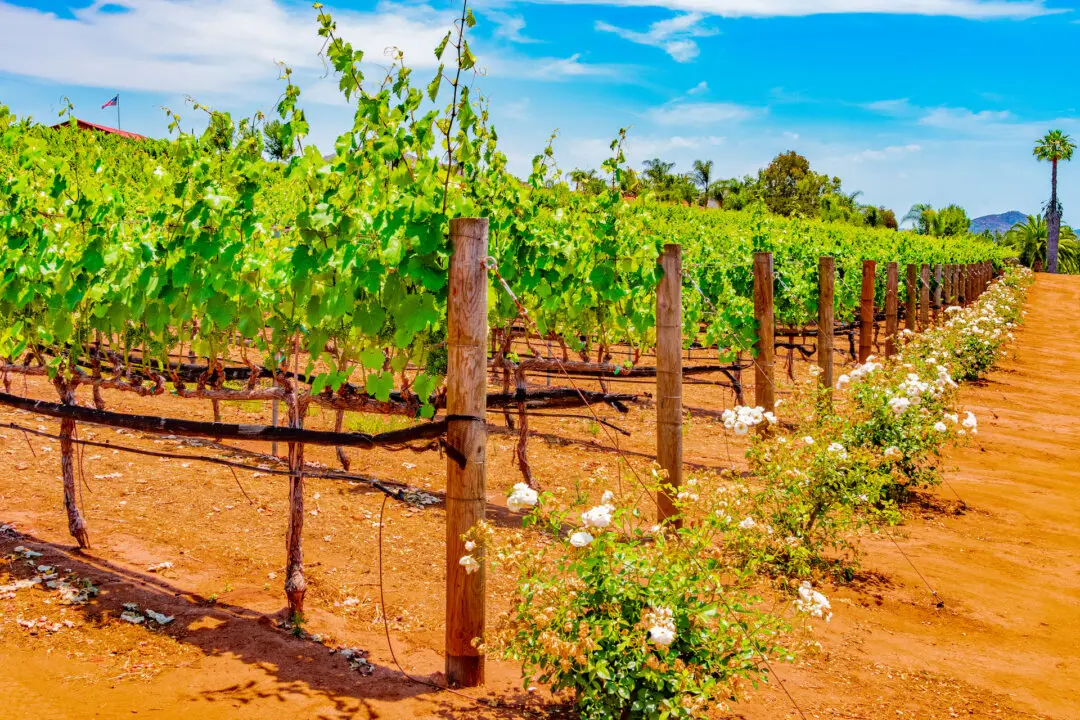Public relations (PR) people around the world are always thinking up “clever” ideas to “help” magazine and newspaper writers—although the main reason is that such articles will help the promoters sell the products they’re hired to hawk.
This year, the PR folks who are hardest at work know that the end-of-year holidays are imminent, so the pitches I—and most writers—see are for gifts, including chocolate, cars, jewelry, and (yes, you guessed it!) wine.





